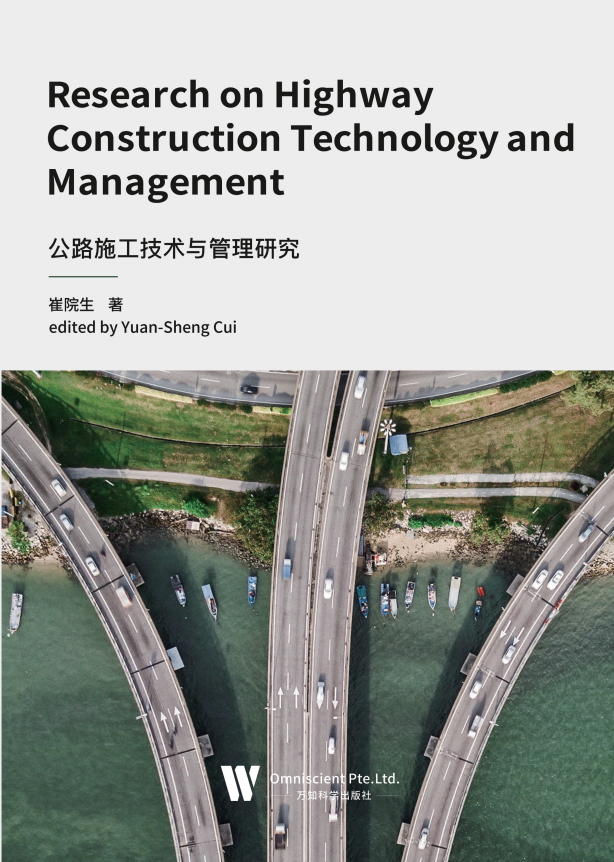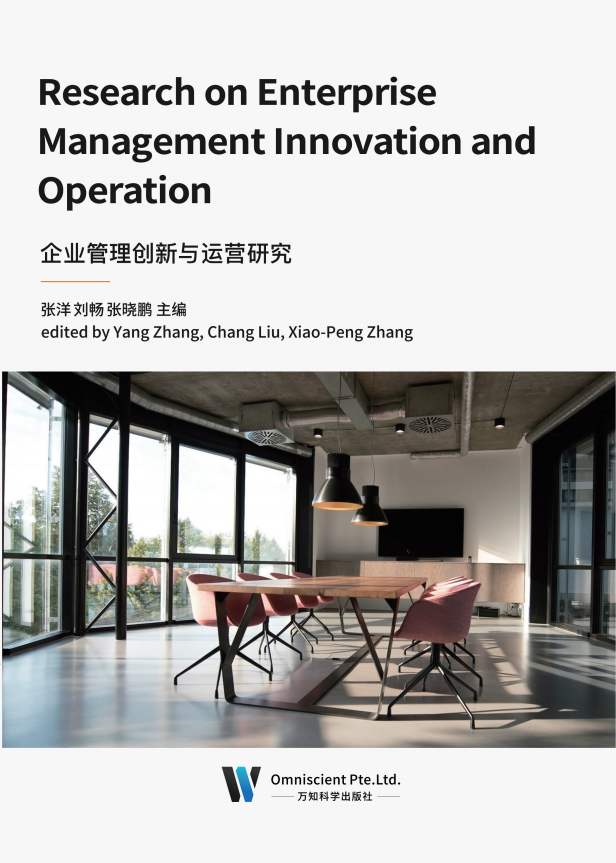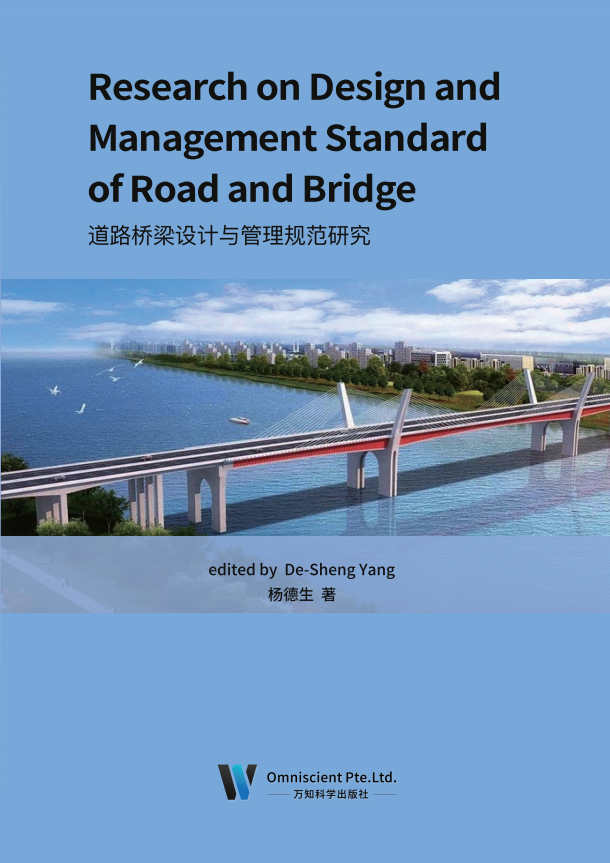
公路工程施工项目属于一次性工程,其特点是规模大、变动因素多、施工单位流动性强、行业竞争激烈,这些特性要求必须加大项目的管理工作,使公路施工企业按照项目管理要求设置施工组织机构,组建施工队伍,对工程项目实施过程组织。同时, 又要保证工程进度、质量、劳动、机械、材料、成本、安全、环境、资料、竣工验收等方面能相互协调,并得到很好的控制,以保证项目顺利完成。
同时,新技术、新工艺、新设备、新材料的不断涌现,对公路工程人员的要求越来越高。公路工程基层施工组织中的技术人员的业务水平和管理能力的高低,经成为公路工程建设项目能否有序、高效,高质量完成的关键。
工程建设产品复杂多样,施工中需要投入大量人力、财力、物力、机具等,同时,需要根据施工对象的特点和规模、地质水文气候条件、图纸、合同及机械材料供应情况等,充分做好施工准备、施工技术工艺、施工方法方案等,以确保技术经济效果,避免出现事故,这就对工程建设施工管理技术人员提出了较高的要求。公路工程施工员是完成公路工程施工任务的最基层的技术和组织管理人员,是施工现场生产一线的组织者和管理者,要指挥、协调施工现场基层技术人员、劳务人员,应对加强关键施工技术知识的培训。

随着经济全球化和文化多元化的发展,面对新科技革命和知识经济的兴起,创 新已成为时代的号角。要按照科学发展观的要求,实现中华民族的伟大复兴,一个 关键因素就是要培养和造就大量具有全球视野和创新精神的优秀管理者,全面提高 社会各种组织特别是各种经济组织的管理水平。企业是自主创新的主体,学习创新 思维,培养创新智能,提高创新素质,开发创新潜能,将创新的思想梳理成系统, 贯穿到企业运营工作的方方面面,以创新推动企业运营的全过程。 现代企业制度是以“产权清晰、权责分明、政企分开、管理科学”为基本特征 的企业制度,它是在一定范围内调节各种投资者及其债权人、经营者、劳动者等各 方利益关系和法律关系的法律制度的总和。“管理科学”既是现代企业制度的一个 重要特征,更是企业工作的永恒主题。“管理科学”离不开管理创新,转变企业经 营方式、实施资本经营,是企业管理创新的客观要求。“管理的重点在于经营,经 营的关键在于决策”,而资本经营决策则是现代企业经营的核心。资本经营一方面 体现着市场经济条件下企业“管理科学”的客观要求,另一方面又促进着企业的科 学管理。资本经营方式与企业科学管理的有机结合,必将有助于促进我国现代企业 制度的建立,企业经营机制的转换和企业经济效益的提高。

With the economic development of our country, the number of basic engineering projects is increasing, which has received widespread attention. For basic engineering projects, the construction of roads and bridges is particularly important. In recent years, China has paid more and more attention to the construction of roads and bridges. Therefore, the construction of roads and bridges has been well developed. However, during the development process, more and more hidden problems existed in in the design of road and bridge came to the surface, which have seriously affected the quality of roads and bridges, and even caused safety accidents. These problems not only endanger people’s lives, but also bring greater losses to the country’s property. To avoid the increase of safety accidents, we have to ensure the quality of road and bridge design. As the advancement of urbanization and modernization pace in our society, roads and bridges play more and more important roles. They can not only help people travel conveniently, but also serve as an important channel for communication and trade between cities, and play a role in promoting social and economic development. Although the current construction organizations has the corresponding quality awareness and technical foundation for the construction of roads and bridges, in the design of roads and bridges, either due to insufficient material configuration or insufficient comprehensive quality of designers, hidden dangers still exsit in the design of roads and bridges. As a public infrastructure, roads and bridges provide convenience for people's travel. However, with the improvement of people's living standards, our requirements for infrastructure have also increased. In order to improve the quality of roads and bridges, firstly we need to improve the design of roads and bridges, and then to strengthen the construction and management of them.
前 言
随着我国经济的发展,基础工程项目建设的数量越来越多,并且受到了人们的 广泛关注。在基础工程项目中,道路桥梁的建设尤为重要,近年来,我国越来越重 视道路桥梁建设,因此,道路桥梁建设得到了很好地发展,不过在发展的过程中, 道路桥梁设计中存在的隐患问题越来越多,严重的影响了道路桥梁的质量,甚至引 发了安全事故,不仅危害了人们的生命安全,同时给国家的财产带来较大的损失, 为了避免安全事故的发展,就需要保证道路桥梁设计的质量。 我国社会城市化、现代化步伐不断推进,道路桥梁的重要意义日益凸显,不仅 能够帮助人们提供出行的便利,而且作为各个城市间沟通和贸易往来的重要渠道, 对社会经济的发展起到助力作用。虽然目前施工单位已经具备相应的质量意识和对 道路桥梁进行施工的技术基础,但针对道路桥梁的设计工作中,或是由于材料配置 不够周密,或是由于设计人员综合素养不足,导致道路桥梁仍然存在隐患。 道路桥梁作为公共基础设施,为人们的出行提供了便利。但随着人们生活水平 的提高,人们对于基础设施的要求也不断提高。而要提高道路桥梁的质量首先要提 高道路桥梁的设计,其次才是加强道路桥梁的施工与管理。

Power transformation equipment is the basic unit of power transmission network. The safety of the equipment is directly related to the security and stability of the transmission network and has a significant influence over the development of the society and economy. Therefore, we should timely detect the operation of the network and carry out essential maintenance work. Once the accident cannot be fixed timely or properly, it will endanger the safe operation of the network and even cause a large-scale power outage. Because of this, improving the operation level of the substation personnel and the maintenance skills of the maintenance staff to ensure the health level of the transformation equipment becomes the important factor in keeping the safe and stable operation of the transmission network. Therefore, it is imperative to improve the basic knowledge and skills of the transformation operation and equipment maintenance as well as the comprehensive quality of the substation staff in order to enable them to analyze and deal with the accidents correctly and accurately report the exact information of the accidents to relevant departments. This book mainly studies and analyzes the operation and maintenance of power transformation equipment and exception handling. Firstly, this paper introduces the related concepts, classification, precautions and treatment measures of the transformation equipment and studies the power transformers and its related accessories. It also analyzes relevant information of SF6 circuit breakers and its related accessories. Secondly, this paper introduces the transformer by providing an overview of it and information of its classification and maintenance. It gives introductions of the isolating switch and its related accessories. It also introduces the lightning rod, grounding grid and inductor and studies the maintenance of their operations. With the advent of the era of knowledge economy, the scientific and technological content of the equipment of the power transmission network is constantly improving and the integrated automation technology of substations is continuously developing. Thus, it has become an inevitable trend towards having fewer or no substation’s staff at work which put forwards new requirements and topics for the vast operation and maintenance personnel in power transmission network. At the same time, it also requires the introduction of the new concept of “details determine the success” and “risk control” in the safe production process, enhancement in implementing the standardized management and operation and improvement in the knowledge level of the whole crew members in order to make the safe production into a benign development track which is controllable and under control.
前 言
变电设备是电网的基本单元,变电设备的安全,关系到电网的安全和稳定,对社 会和经济和的发展有很重要的关系。所以我们要及时检测运行维修,一旦发生事故而 不能及时消除或处理不当,就将危及电网的安全运行,严重时会造成大规模的停电。 所以提高变电所值班人员的运行操作水平及检修人员的检修技能,保证运行设备的健 康水平,成为安全稳定运行的重要条件。正确地对事故进行分析和处理,并准确地向 调度和有关部门汇报事故确切信息,提高对变电运行和检修职工能熟悉和了解变电运 行及设备检修的基本知识和技能,提高现场运行和检修人员的综合素质。 本书主要对变电设备运行维护及异常处理进行研究分析,首先,文章介绍变电 设备的相关的概念、分类、注意事项和处理措施;对电力变压器及相关附属设备进 行研究;分析 SF6 断路器及其相关附属设备相关的信息。其次,本文还从互感器 的概述、类型、维修等了解互感器;介绍隔离开关及附属设备;了解对避雷针、接 地网以及电抗器,并对其运行维修进行研究。 随着知识经济时代的到来,电网设备的科技含量不断提升,变电所综合自动化技 术不断发展,变电所无人值班或少人值班已成为一个必然趋势,这就对广大的变电现 场运行和检修人员提出了新的要求和新的课题。同时,还要求在生产过程中引进“细 节决定成败”、“风险预控”安全生产新理念,强化实施标准化管理和标准化作业, 提高作业人员的整体知识水平,使安全生产步入可控、在控的良性发展轨道。

Finance refers to the capital movement and economic relations reflected in the process of capital movement, such movement objectively exists in the process of material goods reproduction of various departments and units of the national economy. Financial management means the management of asset purchase (investment), capital financing (funding), operating cash flow (working capital), and profit distribution under certain overall goals. Financial management is an integral part of corporate management. It is an economic management task that organizes corporate financial activities and handles financial relationships in accordance with financial laws and regulations and the principles of financial management. Simply put, financial management is an economic management task that organizes corporate financial activities and handles financial relationships.
In recent years, the continued outbreaks of economic crisis on a global scale has not severely affected our country, but still caused extensive damage to the operation of our foreign-oriented enterprises, and has restricted the operation of other enterprises in the value chain through the transmission mechanism of the corporate networked organization structure. This shows that, in the context of uncertain global economic outlook and the transformation of economic development in our country, we can only strengthen corporate financial management and integrate accounting practices to enable companies to achieve sustainable development.
前 言
财务是国民经济各部门、各单位在物质资料再生产过程中客观存在的资金运动及资金运动过程中所体现的经济关系。财务管理指的是,在一定的整体目标下,关于资产的购置(投资)、资本的融通(筹资)和经营中现金流量(营运资金),以及利润分配的管理。 财务管理是企业管理的一个组成部分, 它是根据财经法规制度,按照财务管理的原则,组织企业财务活动,处理财务关系的一项经济管理工作。简单地说,财务管理是组织企业财务活动,处理财务关系的一项经济管理工作。
近年来,全球范围内持续爆发的经济危机,虽然未对我国造成严重影响,但是仍对我国外向型企业的经营产生了广泛的破坏,并通过企业网络化组织结构的传导机制,制约着价值链条上其他企业的经营状况。由此可见,在全球经济前景仍不明朗以及我国转变经济发展方式的背景下,唯有加强企业财务管理、整合会计实务方能使企业获得可持续发展。